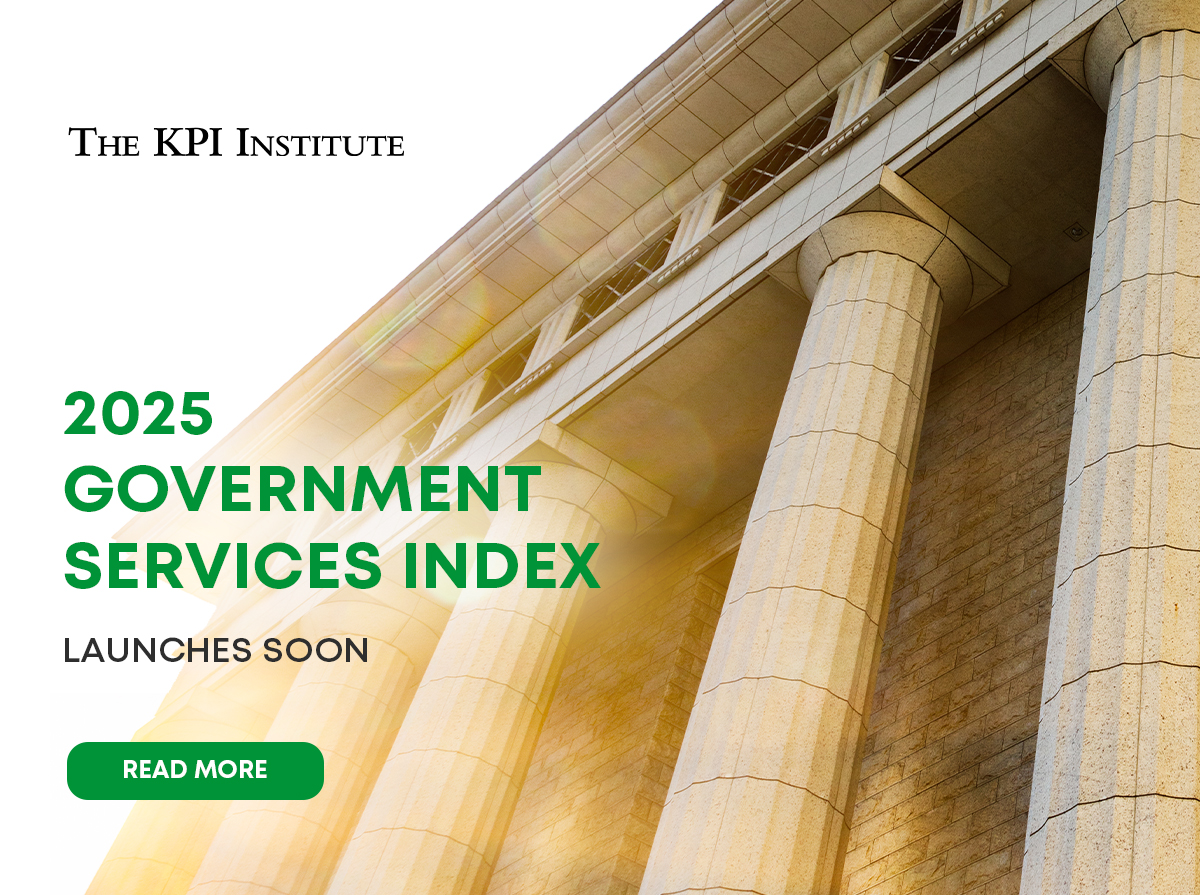Top 25 Finance KPIs: From Profitability to Portfolio Management

Finance KPIs help companies monitor their progress, determine where there are more financial benefits, identify areas in the organization that need more attention, and establish growth targets.
The KPI Institute’s The Top 25 Finance KPIs report unveils the most popular 25 KPIs used by global finance divisions throughout 2012 and 2020. Here is an excerpt from the report:
A strategically focused organization ensures that financial indicators track not only performance, but they also reveal trends, raise awareness to risk, and highlight business opportunities. Most of traditional financial metrics such as $ Earnings before interest and taxes (EBIDT), % Return on equity (ROE) and % Net profit margin are lagging KPIs and provide little leverage for a proactive management.
… The methodology used to advance this report consisted of ranking the KPI examples documented and published on smartKPIs.com, based on the number of views acquired in the period mentioned. The hundreds of thousands of visits to smartKPIs.com and the thousands
of KPIs visited, bookmarked and rated by members of the online community provided a rich data set, which combined with further analysis from The KPI Institute’s editorial team, formed a basis for the hereby presented research reports.
One of the most important benefits that this report brings is an international perspective on the most popular finance KPIs. They provide quantifiable measurement of the main components that lead to a successful finance strategy implementation. The documentation of KPIs compiles both academic insights and practitioner experience in working with these performance management tools.
Furthermore, Top 25 Finance KPIs – 2020 Edition provides a complete hands-on experience in working with KPIs as it contains not only 2 pages of detailed documentation for each KPI, but also interesting articles on best practices in terms of KPI selection and documentation.”
Based on the report, below are the Top 25 finance KPIs according to five subdivisions:
Asset / Portfolio Management KPIs
- $ Loans and investments
- % Management expense ratio (MER)
Financial Stability KPIs
- % Capital acquisition ratio
- % Bad debt write-offs from gross revenue
- $ Debt-adjusted cash flow (DACF)
- # Defensive interval ratio (DIR)
- # Altman Z-Score (for privately held non-manufacturing companies)
- # Altman Z-Score
Forecast and Valuation KPIs
- $ Shareholders funds per employee
- $ Economic value added (EVA)
- % Capital reinvestment ratio
- % Accurate forecasts of planned expenditure
- % Cash flow return on investment (CFROI)
Liquidity KPIs
- # Cash flow adequacy ratio
- # Debt-service coverage ratio (DSCR)
Profitability KPIs
- # Basic earning power ratio (BEP)
- # Labor multiplier
- % Return on funds employed (ROFE)
- # Capital expenditure to sales ratio
- % Return on net assets (RONA)
- % Return on capital employed (ROCE)
- $ Contribution margin
- % Return on fixed assets
- $ Net present value (NPV)
- % Net profit margin
You can access the comprehensive profile of each KPI as well as exclusive in-practice recommendations by downloading the report here.







